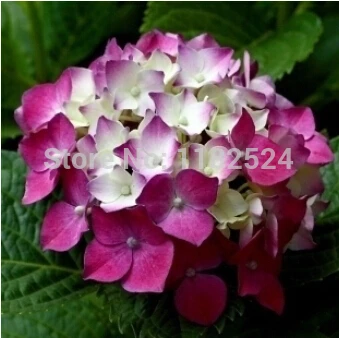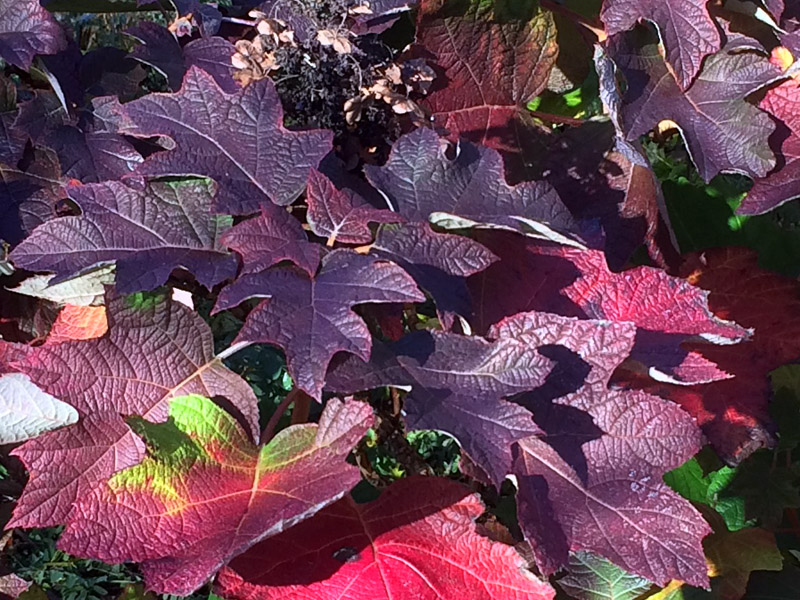Grow Your Own Hydrangeas From Seed
Grow Your Own Hydrangeas From Seed
Hydrangeas are beautiful flowering shrubs that can add a touch of elegance to any garden. They come in a variety of colors, including blue, pink, white, and purple. And while they are typically grown from cuttings, it is also possible to grow hydrangeas from seed.
Growing hydrangeas from seed can be a rewarding experience. It allows you to choose the exact variety of hydrangea you want to grow, and it can be a fun way to experiment with different colors. Plus, growing hydrangeas from seed is relatively easy, as long as you follow a few simple steps.
Here are the steps on how to grow hydrangeas from seed:
- Collect the seeds. Hydrangea seeds are very small, so you will need to be careful when collecting them. The best time to collect seeds is in the fall, after the flowers have died. To collect the seeds, simply remove the flower head from the plant and shake it over a piece of paper. The seeds will fall out of the flower head and onto the paper.
- Stratify the seeds. Hydrangea seeds need to be stratified before they will germinate. Stratification is a process that exposes the seeds to cold temperatures, which helps to break down the seed coat and make it easier for the seeds to germinate. To stratify hydrangea seeds, you can place them in a plastic bag with some moist peat moss or sand. Put the bag in the refrigerator for 3-4 weeks.
- Plant the seeds. Once the seeds have been stratified, you can plant them in a pot or seed tray filled with a well-draining potting mix. Press the seeds lightly into the soil and do not cover them. Water the seeds well and place the pot or seed tray in a warm, sunny location.
- Germination. Hydrangea seeds typically germinate in 2-4 weeks. Once the seedlings have emerged, you can thin them so that there is one seedling per pot or cell. Continue to water the seedlings regularly and keep them in a warm, sunny location.
- Transplant the seedlings. Once the seedlings have developed a few sets of true leaves, you can transplant them into the garden. Choose a location that receives full sun or partial shade. The soil should be well-drained and rich in organic matter.
- Water and fertilize the hydrangeas. Hydrangeas need regular watering, especially during the first year after planting. You should also fertilize them every few months with a balanced fertilizer.
- Enjoy your hydrangeas! With proper care, your hydrangeas should bloom for many years to come.
Here are some additional tips for growing hydrangeas from seed:
- Use a sterile potting mix when planting the seeds. This will help to prevent the seeds from developing diseases.
- Keep the soil moist but not soggy. Hydrangea seeds can rot if they are overwatered.
- Fertilize the seedlings every few months with a balanced fertilizer. This will help them to grow strong and healthy.
- Protect the seedlings from frost and cold weather. If you live in a cold climate, you may need to bring the seedlings indoors during the winter.
With a little patience and care, you can easily grow your own hydrangeas from seed. So what are you waiting for? Start growing today!
Hydrangeas are beautiful flowering shrubs that can be grown from seed. If you're interested in starting your own hydrangea plants, I recommend visiting . They have a wide variety of hydrangea seeds available, as well as helpful information on how to grow them.
is a reputable online retailer that specializes in seeds and plants. They have been in business for over 20 years and have a stellar reputation for customer service. You can be confident that you're getting high-quality seeds when you order from them.
In addition to their wide selection of seeds, also offers a wealth of information on how to grow hydrangeas. Their website has a comprehensive blog with articles on everything from seed germination to plant care. They also have a helpful customer service team that can answer any questions you have.
If you're ready to start growing your own hydrangeas, I encourage you to visit . They have everything you need to get started, and their friendly customer service team is always happy to help.
FAQ of hydrangea seeds
Question 1: When is the best time to start hydrangea seeds indoors?
The best time to start hydrangea seeds indoors is 6-8 weeks before the last frost in your area. This will give the seedlings enough time to grow strong before being transplanted outdoors.
Question 2: How do I start hydrangea seeds indoors?
Here are the steps on how to start hydrangea seeds indoors:
- Fill a seed tray or small pot with a well-draining potting mix.
- Sow the seeds on the surface of the soil and lightly press them in.
- Mist the soil with water and cover the seed tray or pot with plastic wrap.
- Place the seed tray or pot in a warm, well-lit location.
- Keep the soil moist but not soggy.
- Once the seedlings emerge, remove the plastic wrap and gradually move them to a brighter location.
- Continue to water the seedlings regularly and fertilize them every few weeks.
- Once the seedlings are large enough, they can be transplanted outdoors.
Question 3: Do hydrangea seeds need to be stratified?
Not all hydrangea seeds need to be stratified. Some species, such as oak-leaved hydrangea, can be sown directly in the ground without any pretreatment. However, other species, such as mophead hydrangea, do need to be stratified before they will germinate. Stratification is a process that simulates the winter conditions that the seeds would experience in nature. This can be done by placing the seeds in a refrigerator for several weeks before sowing them.
Question 4: How long does it take for hydrangea seeds to germinate?
The germination time for hydrangea seeds can vary depending on the species and the conditions in which they are being sown. In general, it can take anywhere from 2 weeks to 2 months for hydrangea seeds to germinate.
Question 5: How do I care for hydrangea seedlings?
Hydrangea seedlings need to be kept moist but not soggy. They should also be fertilized every few weeks with a balanced fertilizer. Once the seedlings are large enough, they can be transplanted outdoors. When transplanting hydrangea seedlings, it is important to plant them in a location that receives full sun or partial shade. Hydrangeas also need well-draining soil.
Image of hydrangea seeds
5 different images of hydrangea seeds from Pinterest:
- Hydrangea macrophylla seeds. These seeds are dark brown and slightly oval in shape. They are about 1/4 inch long.

- Hydrangea paniculata seeds. These seeds are light brown and cylindrical in shape. They are about 1/8 inch long.

- Hydrangea arborescens seeds. These seeds are white and spherical in shape. They are about 1/16 inch in diameter.
- Hydrangea quercifolia seeds. These seeds are brown and slightly flattened. They are about 1/16 inch long.

- Hydrangea serrata seeds. These seeds are light brown and slightly oval in shape. They are about 1/8 inch long.

Post a Comment for "Grow Your Own Hydrangeas From Seed"